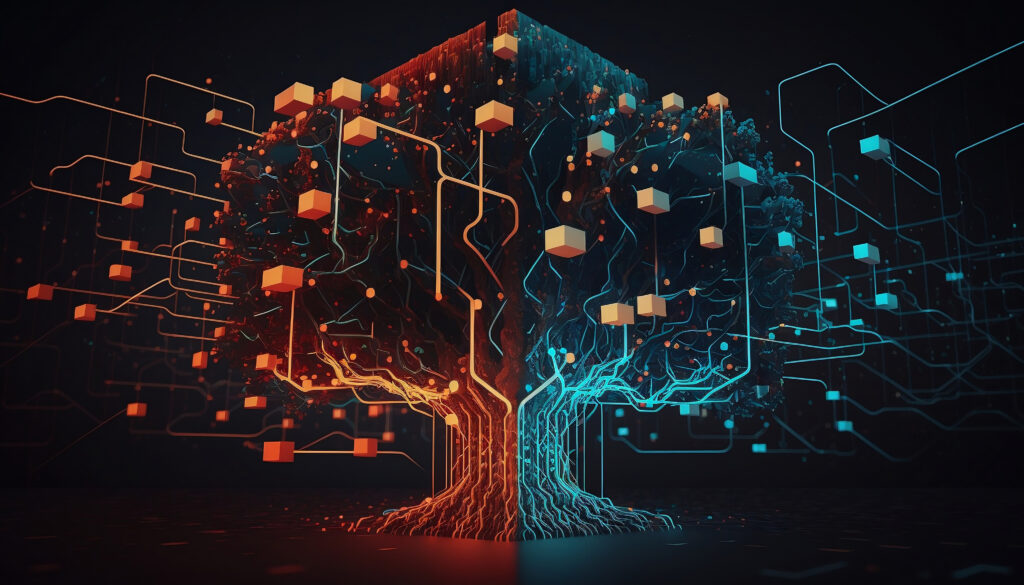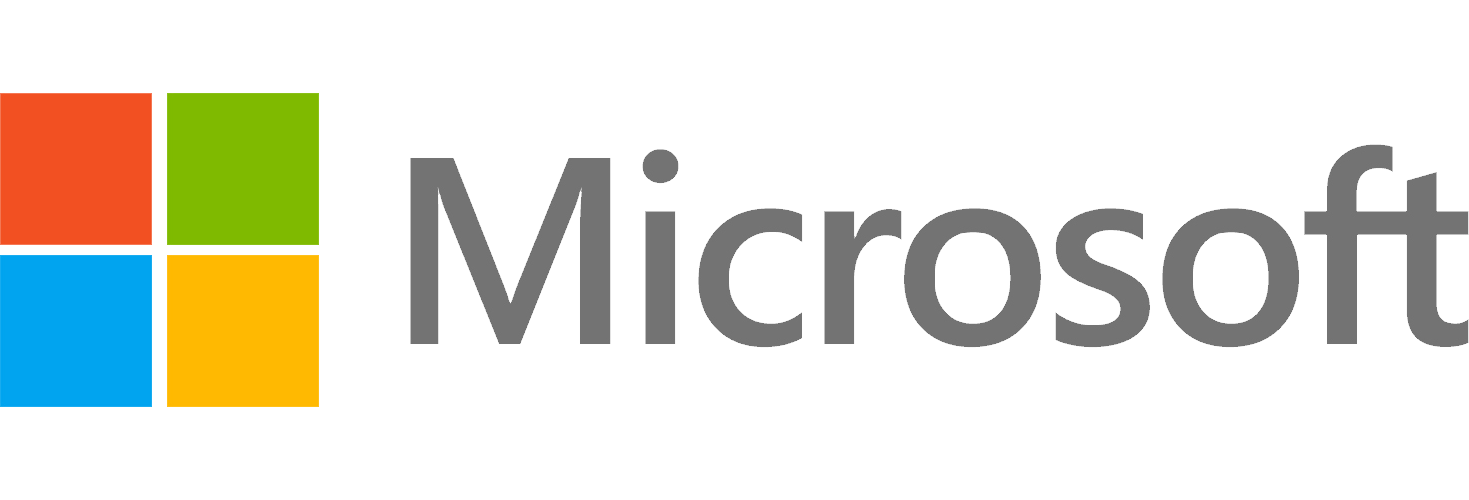
“We humans are tool builders and we can fashion tools that amplify these inherent abilities that we have to spectacular magnitudes, and so, for me, a computer has always been a bicycle of the mind — something that takes us far beyond our inherent abilities.” This quote is from an interview with a young Steve Jobs and something that Microsoft CEO, Satya Nadella referenced at the 2023 Build conference.
Nadella then took this analogy a step further: “And then, last November [2022], we got an upgrade, right? We went from the bicycle to the steam engine with the launch of ChatGPT. It was like the Mosaic moment for this generation of the AI platform.”
This seminal moment for Microsoft can be boiled down to this simple statement: Microsoft has productized AI and data.
“Do More with Less”
This is a phrase that Nadella has uttered numerous times across interviews and earnings calls alike — and the FY23 Q2 earnings call was no exception.
“We are committed to helping our customers use our platforms and tools to do more with less today and innovate for the future in the new era of AI.”
This “new era of AI” seems to have taken on a life of its own as the “do more with less” mantra has become a ferocious mad dash to infuse AI into every product across Microsoft. However, this pace was not achieved in the last six months. It actually started back in July 2019 when Microsoft and OpenAI announced an exclusive partnership “to create new AI technologies and deliver on the promise of artificial general intelligence.”
Now we are seeing that vision come to life as Microsoft launched Microsoft Copilot as “AI for every line of business” across Dynamics 365, Power Platform, GitHub, Windows 11, and more.
But, as with any new technology effort, people and companies can’t achieve the “do more with less” goal until they can get through the “what is this thing and how do we use it” phase. This is what happened when cloud technology rolled out, but now we are experiencing a higher frequency of this cycle.
A Match Made in the Clouds
There’s no doubt that cloud technology has been the impetus of innovation and has become “the greatest growth market the world has ever known” to quote my colleague, Cloud Wars Founder and Acceleration Economy Co-founder Bob Evans.
However, as I mentioned before, the challenge is what the hell to do with what has truly exploded onto the scene — that being AI and, specifically, generative AI.
Microsoft’s answer to this is simplification and democratization of AI through Microsoft Copilot. The attempt here is to showcase how easy AI can be. While this is all well and good, it doesn’t paint the complete picture — thus the reason for Microsoft Fabric.
Why Microsoft Fabric?
AI is nothing without data. Data and AI are both part of a symbiotic relationship, but they also carry with them the risk of a lack of communication, bad advice, and no collaboration — if any or all of those scenarios play out, they risk undermining critical business decisions.
This is the “why” of Microsoft Fabric, which represents the suite of tools to “unify your data estate, manage powerful AI models, empower everything in your business, and govern data across your organization.”
Again, during the Microsoft Build 2023 event, Nadella framed Fabric this way, “What the AI supercomputer did for the infrastructure layer, Microsoft Fabric will do to the data layer for this next generation of AI applications.”
He went on to say, “This is a product that we’ve been working very, very hard on over multiple years, and it’s finally coming together. It’s perhaps the biggest launch of a data product from Microsoft since the launch of SQL Server.”
“It really brings together compute and storage. It unifies compute and storage, it unifies all of the full analytic stack product experiences. It brings together governance, so it unifies governance with analytics. And most interestingly, it unifies the business model, right, across all the different types of analytics workloads, whether they’re SQL or machine learning. Whatever job you want, you can use the same compute infrastructure. And this unification, at the end of the day, is what I think will fuel the next generation of AI applications.”
Closing Thoughts
The Microsoft Briefing “Four Ways Leaders Can Empower People for How Work Gets Done” calls out several relevant data points in the section “Help people feel more fulfilled and engaged by implementing AI and automating busywork:”
- “Nearly 9 in 10 (85%) respondents want more automation capabilities integrated with collaboration tools, which they believe would help them spend more time on work that matters.”
- “89% of respondents with access to automation and AI-powered tools agree they feel more fulfilled because they can spend time on work that truly matters.”
- “They also agree that having the ability to automate tasks helps them work more seamlessly with other teams (88%), and they credit artificial intelligence features for improving problem-solving (54%). As a result, 9 in 10 (89%) hope they can apply AI solutions to even more tasks and activities.”
So, what does this all mean to you? Now that we have upgraded from a bicycle to a steam engine, can we expect to see a bullet train next year? Who knows. But the data points above clearly show that AI is making a difference and unlocking new potential.
Lastly, it seems that Microsoft has struck the right balance at the right time with Copilot and Fabric — but others are hot on their heels with AI and data products that could turn into a rocket ship instead of a bullet train.
To understand the shifting sands of how mid-market and enterprise CXOs are making purchase decisions to modernize technology, consider Acceleration Economy’s “Selling to the New Executive Buying Committee,” a Course designed to assist vendors, partners, and buyers in this process.







